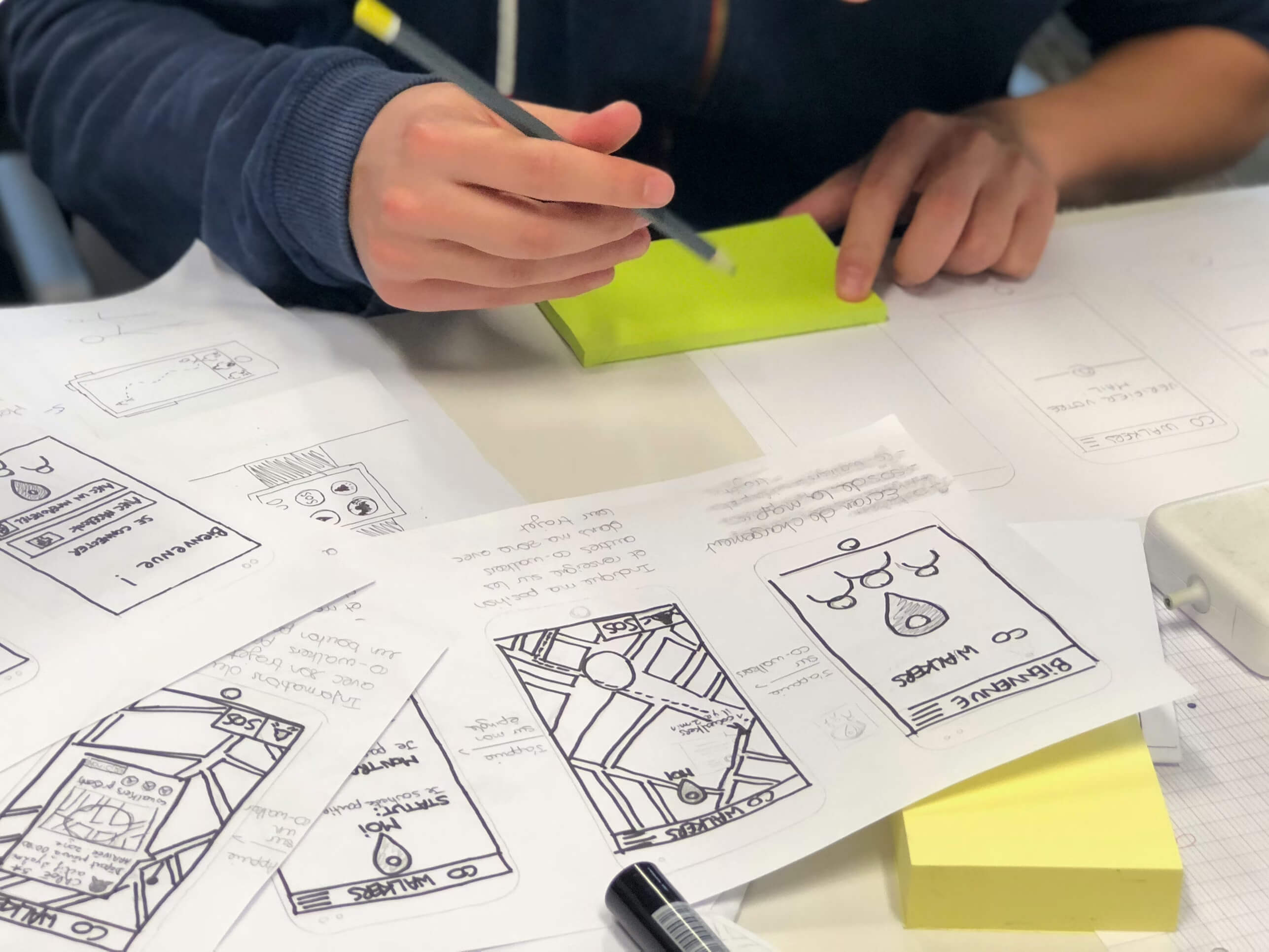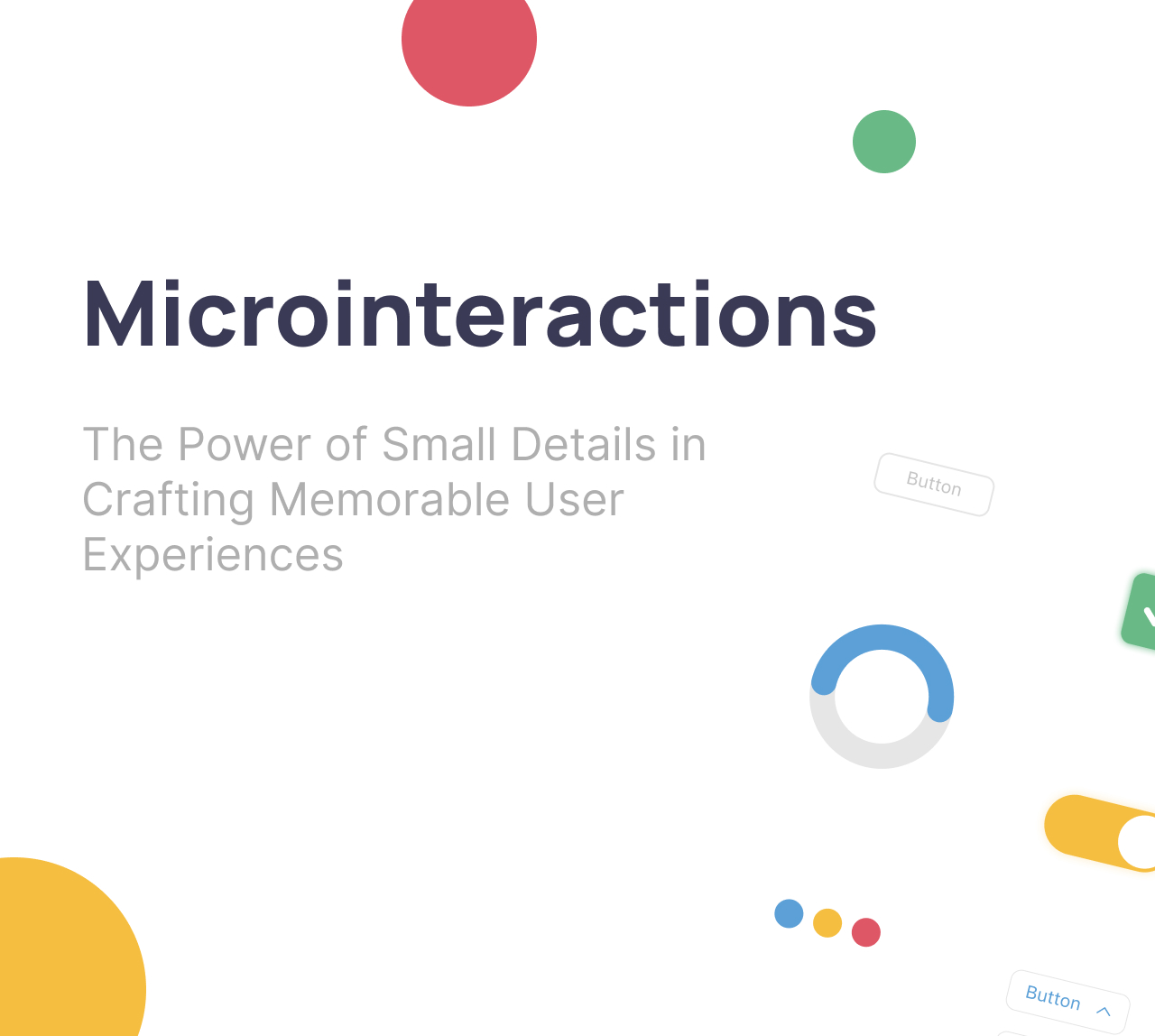5 Min read

The role of a Principal Product Designer is multifaceted, encompassing various responsibilities, including strategic decision-making and resource management. As a Principal Product Designer, you face complex product challenges that require balancing priorities, managing resources, and guiding your team through the product development process. In this article, I will explore the art of decision-making and how it contributes to navigating complex product challenges and driving innovation.
Understanding user needs and prioritizing features
Gaining insights into user behavior and preferences is crucial for making informed decisions. Conduct thorough user research, including interviews, surveys, and usability testing, to identify user needs and expectations. Use this information to prioritize features based on user needs, business goals, and technical feasibility. This approach ensures that your product decisions align with the interests of your target audience.
Leveraging data-driven design
Data-driven design is essential for making informed decisions. Analyze data from user research, testing, and analytics to inform your design choices. Balancing quantitative data with qualitative insights and intuition allows for well-rounded decision-making that takes multiple perspectives into account.
Managing resources and timelines
Efficient resource allocation is crucial for meeting project goals and deadlines. As a Principal Product Designer, you must balance short-term objectives with the long-term product vision. Manage resources and timelines by setting clear priorities, delegating tasks effectively, and continuously monitoring progress to ensure timely delivery.
Collaborating with cross-functional teams
Fostering effective communication and collaboration between design, development, marketing, and other stakeholders is vital for driving decision-making across the organization. By building consensus and promoting a collaborative approach, you can navigate complex product challenges and create solutions that satisfy diverse needs and objectives.
Navigating trade-offs and making tough decisions
Principal Product Designers often face trade-offs and must make difficult decisions that align with the product vision and user needs. Assess the pros and cons of different design approaches and solutions, considering factors such as cost, time, usability, and scalability. Making tough decisions requires balancing competing interests while staying focused on the overall product goals.
Fostering a culture of innovation and continuous improvement
Encourage experimentation and learning from failures to foster a culture of innovation and continuous improvement. Adapt and iterate based on user feedback and evolving market demands, refining your product to better meet user needs and expectations. Embracing a growth mindset allows your team to learn, adapt, and excel in the face of complex product challenges.
Mastering Decision-Making for Product Design Success
Decision-making is a critical skill for Principal Product Designers as they navigate complex product challenges and drive innovation. By understanding user needs, leveraging data-driven design, managing resources and timelines, collaborating with cross-functional teams, and fostering a culture of innovation, you can make informed decisions that lead to successful product outcomes. Embrace the art of decision-making to excel in your role and create products that delight users and meet business objectives.



